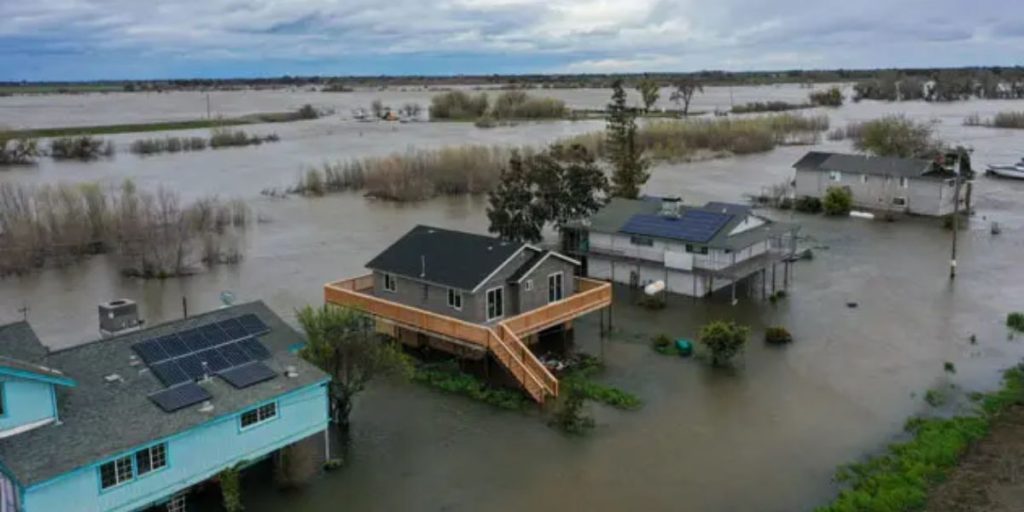Many people relax at lakes, but they’re more than that. Lakes can provide recreation, satisfy socioeconomic demands, and maintain aquatic life if properly maintained.
We must exercise lake stewardship by keeping habitats healthy for everyone, especially those who depend on them. What if those who should safeguard them destroy them?
Lakes are disappearing worldwide due to river diversion and reservoir over-pumping. Many bodies of water disappear and reemerge, but some never return.
Aral Sea loss is one of the most famous human-made environmental disasters, yet there are dozens more worldwide. Lake Tulare, one of America’s greatest lakes, disappeared mysteriously, as did several other lakes throughout the country.
What’s Tulare Lake?
Freshwater dry lake Tulare Lake in southern San Joaquin Valley, California, has residual wetlands and marshes. Tule rush in the lake’s marshes and sloughs inspired its name. Water from the Kern, Tule, Kaweah, and Kings Rivers and their southern distributaries fed the lake in a mostly endorheic basin at the south end of the San Joaquin Valley.
It was separated from the San Joaquin Valley by tectonic subsidence and alluvial fans from Los Gatos Creek in the Coast Ranges and the Kings River in the Sierra Nevada.
The Yokuts Tachi tribe, or Tache, constructed reed boats and fished this lake for decades before Spanish and American colonists arrived. The lakeshore was full of deer, elk, and antelope, which they hunted.
The lake was the southernmost San Joaquin River Chinook salmon habitat in the Western Hemisphere. Their fertile land gave them one of the highest aboriginal population densities in pre-contact North America before European immigrants expelled them.
The east wall of the adjoining Bank of America features a colorful artwork representing the lake’s early settlers’ lives. The lush vegetation and fauna are gone.
Size of Lake Tulare
Tula Lake was the largest freshwater lake west of the Great Lakes, depending on rainfall and snowfall. It was 1,476 sq. km (570 sq mi) in 1849 and 1,780 km2 (690 sq mi) in 1879.
After Lake Cahuilla died in the 17th century, it was the second-largest US freshwater lake. Lake Tulare, near Iliamna Lake in Alaska, would have been the seventh largest lake in the US if it hadn’t perished.
In wet years, it may cover 690 km2 (266 sq mi) of Central Valley. Corcoran and Stratford would have been drowned in 25 feet of Sierra water, with Sierra’s shore reaching Lemoore. Over 150 years ago, Tulare Lake was so large.

How Did Lake Tulare Disappear?
After the Civil War, late 19th-century pioneers drained the marshes for early farming. A reservoir was created by damming the Kaweah, Kern, Kings, and Tule Rivers upstream in the Sierra Nevada Mountains.
To convey water and channel leftover flows for agricultural irrigation and civic usage, the state and counties in the San Joaquin Valley built canals. Early in the 20th century, Tulare Lake nearly dried up.
Due to its sufficient water supply, the Alameda Naval Air Station used Tulare Lake as a seaplane base during World War II and the early Cold War. Flying boats may land in Tulare Lake if San Francisco Bay is unsafe.
The lake’s decline was sealed in the 1920s when Georgia planter James Griffin Boswell bought 50,000 acres on its bottom and planted cotton. His nephew and namesake, J.G. Boswell, transformed his inheritance into the nation’s largest cotton-growing company, with 160,000 acres in California.
Boswell emptied the basin of the lake, leaving Tulare a dusty bowl of filthy air and murky waterways.
The lake is dry, but it sometimes resurfaces during extremely high rainfall or snowmelt, like in 1983 and 1997.
What Are the Ecological Effects of Losing a Big Lake?
- Wetlands and lake ecosystem habitats have collapsed, causing the loss of terrestrial animals, vegetation, aquatic animals, water plants, and resident and migratory birds. Lake disappearance has far-reaching effects.
- In 1852, Army engineer George Derby counted tules near the lake’s Sierra foothills shoreline. Some recent July days make it impossible to see across the street and breathe.
- Since 1848, when gold miners harnessed water, reservoirs and diversion canals have changed California’s terrain.
- Water has helped the state develop 200-fold in 173 years to 39.5 million people and become the most productive farm region in the US and the globe. The ecological calamity has cost vital species and livelihoods.
- Owens Lake in California is another vanished lake that harmed its surroundings. The lake covered 108 miles of the state. Unfortunately, the Department of Water and Power transferred the lake into the LA Aqueduct in 1913.
- Owens Lake dried up in 1926, leaving a dust bowl that has plagued humans, animals, and plants.
Do something now. Without action for freshwater ecosystems, it will be too late. The ship will have sailed, so we can’t turn around.